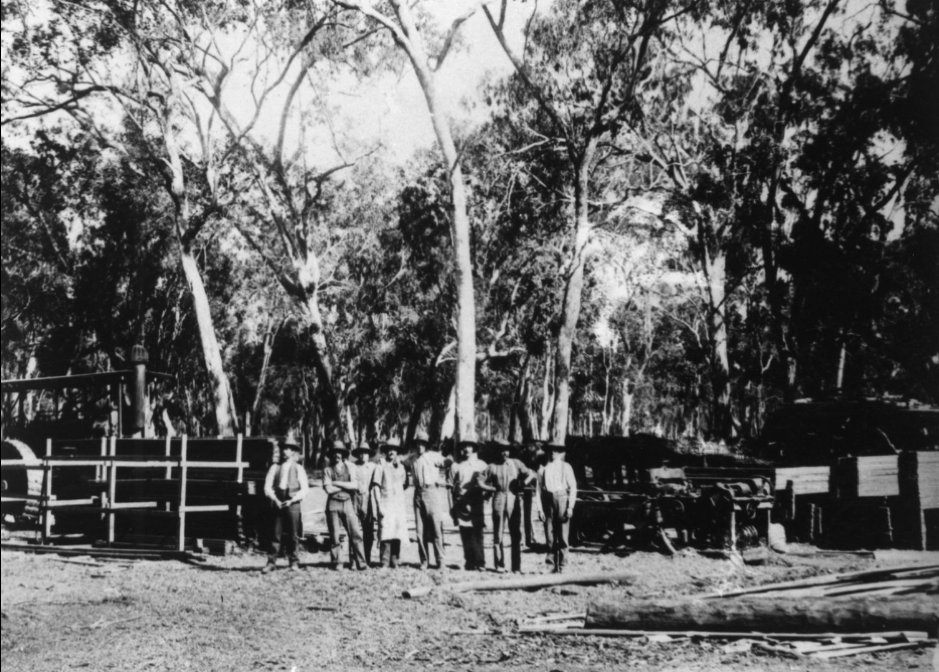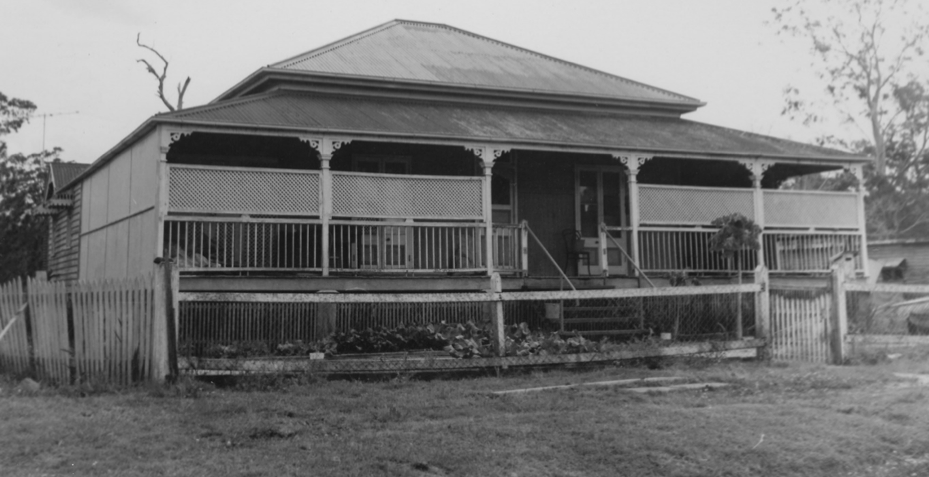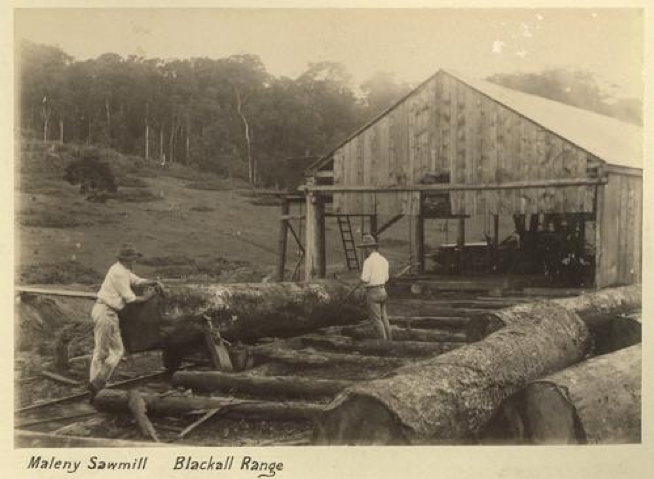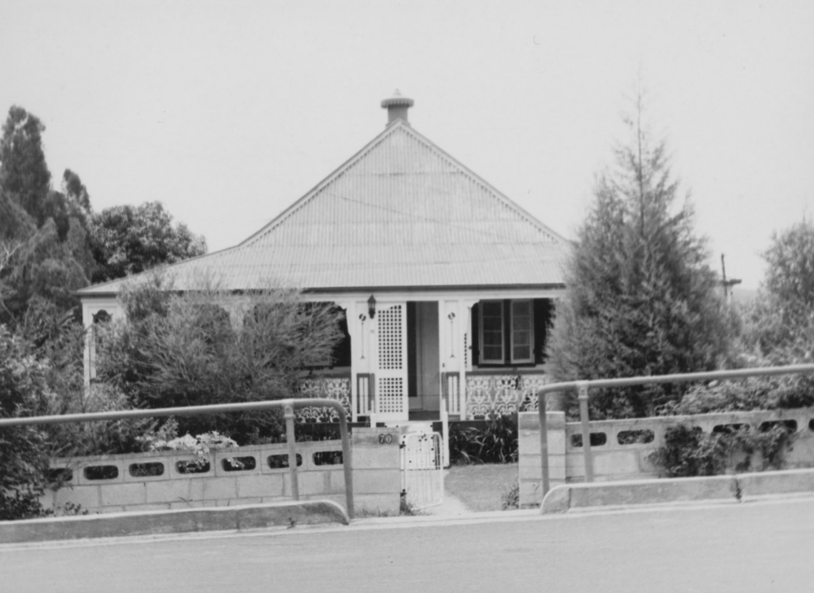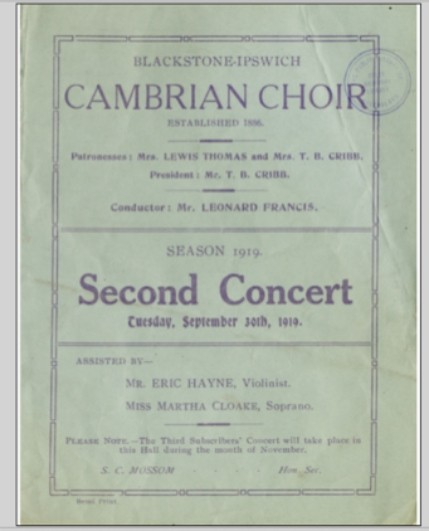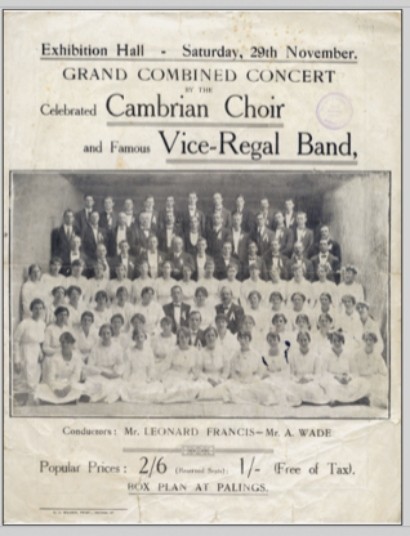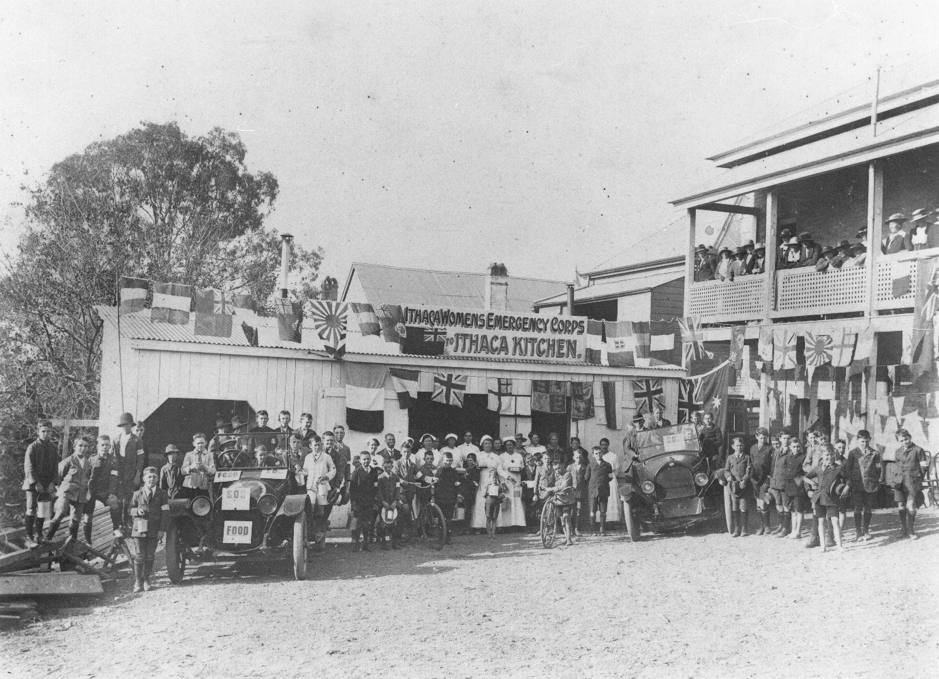Adding social and local context
By Christina Ealing-Godbold, Research Librarian, Information Services | 31 August 2020
Your House History – adding social and local context.
Know how your house fits into the locality and suburb. What did the house and its inhabitants contribute to its community and what role did it play in the evolution of that locality? This is social and local history rather than house history, but it can add so much to your knowledge of your home and how it fitted into the world surrounding it. Was it the place where the community could vote, or collect their mail? Was the house home to the local doctor or midwife? Understanding the context of the community in which the house has lived is the final step in documenting the history of your house and discovering its journey.
Manuscripts, photographs, oral histories, ephemera and books
To provide more context for your house history, explore the State Library’s collection of books, photographs, newspaper clippings, organisational records, handwritten letters, manuscripts and oral histories, all of which can be found in the One Search catalogue.
“A picture is worth a thousand words”, and so it certainly is when undertaking the history of your suburb. State Library of Queensland One Search catalogue has thousands of digitised photographs that are out of copyright, and free for you to download.
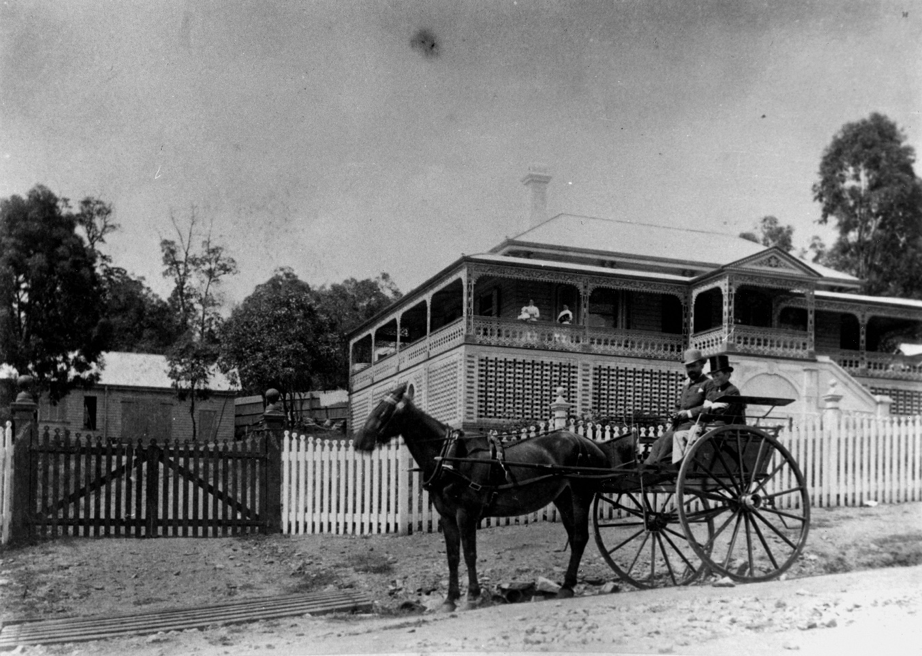
Horse and wagon with driver and footman outside Miegunyah, Brisbane, 1886, John Oxley Library, State Library of Queensland, Negative number: 41592, This Brisbane home was taken over as Officer’s Quarters in WW2.
What happened in your suburb in the past? Clayfield, Ascot, Bowen Hills and New Farm had several homes that were made available to the US forces in WW2.
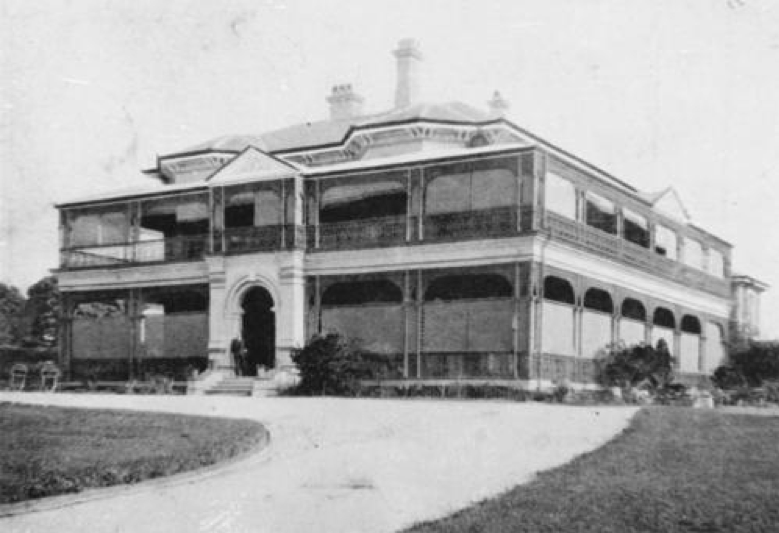
Front view of Nyrambla in Ascot, 1932, John Oxley Library, State Library of Queensland, Negative number: 67869 – a Grand home of the 19th century used by the Americans in WW2.
American forces were evident in many localities in Brisbane. Did your family live in James Street at New Farm where US forces travelled every day?
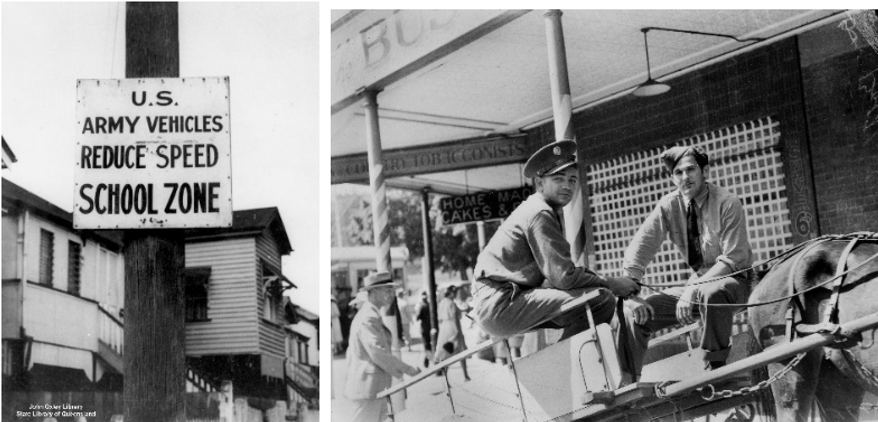
Left - Houses in James Street New Farm in a US army zone area, 1942, John Oxley Library, State Library of Queensland, Negative number 83311. Right – American soldiers on a delivery cart in Brisbane, no doubt tempted by the Home-Made Cake shop nearby. John Oxley Library, State Library of Queensland, Negative number 105721
Chermside’s spacious parkland (Marchant Park) became a tent city in 1942, filled with conscript soldiers ready to face the horrors of Milne Bay and the Kokoda Trail. It had also been an army camp in WW1 and the camp would have dominated the lives of those who lived in the suburb. Books like Jonathan Ford’s Marching to the trains : the Chermside Army Camp remembered can provide useful information and photographs about the Marchant Park area and its role during the war years.
This early 20th century home at Chermside (above), illustrating the Federation style pediment and one single roofline, was probably built around 1910 and would have seen the soldiers of two world wars camped nearby.
To provide more historical and social context for this house in Chermside, the records of the Chermside and District Historical Society’s ( 2008-2012) and their Newsletter would be good sources of information for the suburb.
If on the other hand, you are researching a house in the Landsborough area at the base of the Blackall range and near to the dairy farming town of Maleny, you could check books like The singing of the saws : the timber industry of Landsborough Shire by Wendy Dixon.
The Landsborough Shire Chambers Oral History interviews would also throw some light on what it was like to live in this area and provide information on the timber felling and milling industries so important in the history of Landsborough.
Check for photographs of the area in the One Search catalogue. Perhaps the person who lived in the house was one of these Landsborough sawmill workers?
The State Library of Queensland’s Corley Explorer, a photograph archive of the black and white images taken in the 1970s in South East Queensland also includes many homes from the Landsborough area:
Broaden your search to provide social information on the development of that area or the contribution of your house and family to the suburb or town.
For example, Ipswich was known for its coal mining, railway history and Welsh choirs! Researching your Ipswich house could provide some valuable cultural information if the previous inhabitants of your old home were involved in the many choirs or bands of the Ipswich area. Not only could Robyn Buchanan’s Blackstone-Ipswich Cambrian Choir : a centenary history : 1886-1986 be useful, but so could our collection of performance programmes. State Library’s vast ‘Ephemera’ collection includes music programmes, menus for restaurants and formal dinners and even union tickets.
Suburban history
What happened in Ithaca and Red Hill? The working class suburbs of Red Hill and Paddington were in the Ithaca Shire area, and had many active social organizations.
The Ithaca Womens Emergency Corps in the 1919 Influenza epidemic provided food and support for all in the Red Hill and Paddington area. Women cooked nourishing meals including chicken broth and beef stew while children walked the streets looking for those who needed food or medical attention. Homeowners placed cards in the window to indicate what was needed – food or medical attention - and the children bought the information to the central emergency corps to ensure care was despatched to the home. Was this your house?
From grand Queenslanders to worker’s cottages, the history of your house is enhanced by knowing the history of the community in which it was constructed. Queensland’s wooden houses were flexible and moveable. Some weatherboard houses were moved to new locations and thereby contributed to two communities.
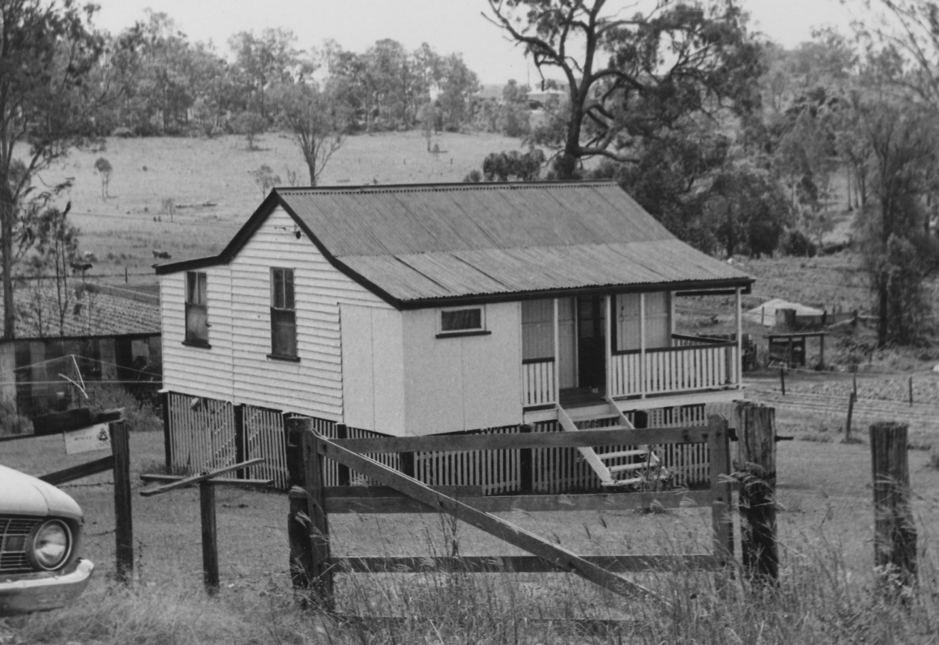
This early “M Roof” cottage looks over park land in Mitchelton. House at 29 Kooya Road, Mitchelton, 6169 Frank and Eunice Corley House Photographs, John Oxley Library, State Library of Queensland, Image number: 6169-1687-0003
You never know what you’ll find, but the John Oxley Library’s collection of books, photographs, newspaper clippings, organisational records, handwritten letters, manuscripts and oral histories will help you round out your house history.
Enjoy uncovering social history through the lens of the history of your Queenslander house. Regardless of the era or style, your house has many stories to tell.
Visit State Library’s house histories webpage and ensure you know the range of resources that are available for your search. Staff at State Library will help you navigate through these resources and provide suggestions for further research.
#HouseHistoryBlogSeries
[This is blog no. 5 of 5 in the House Histories Blog Series]
More information
House histories - /research-collections/queensland/built-heritage/house-histories
Corley Explorer - https://explorer.corley.slq.qld.gov.au/
One Search - http://onesearch.slq.qld.gov.au/
Ask us - /plan-my-visit/services/ask-us
Comments
Your email address will not be published.
We welcome relevant, respectful comments.


